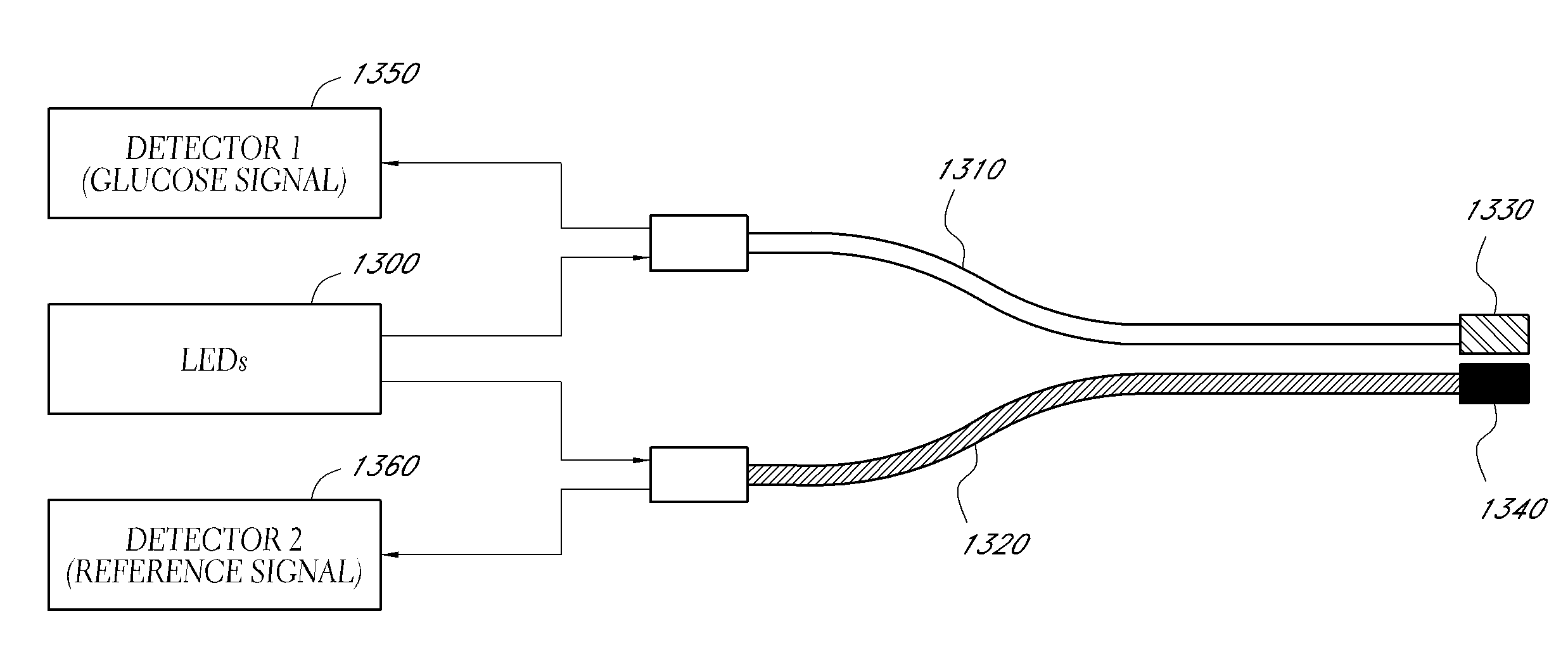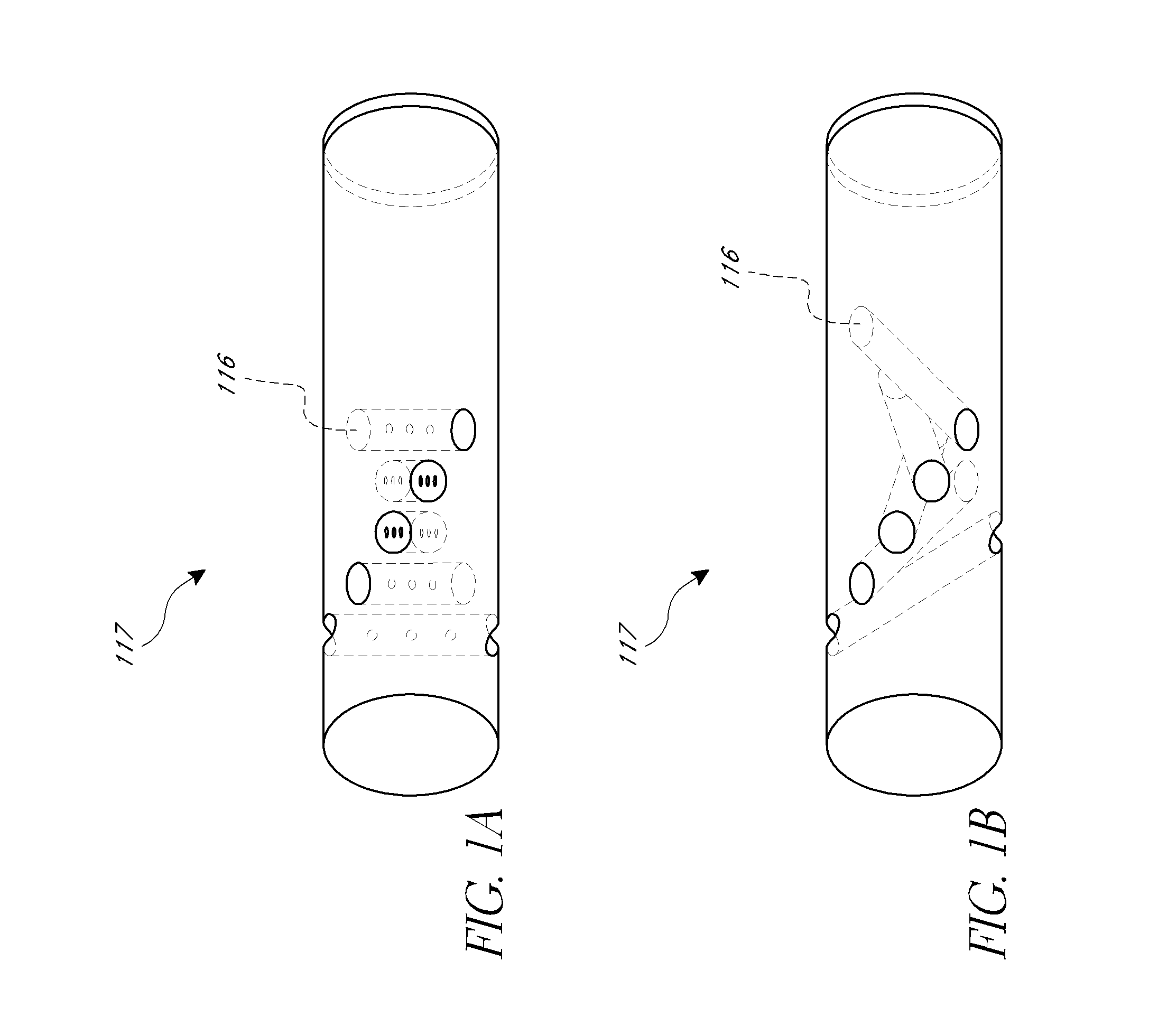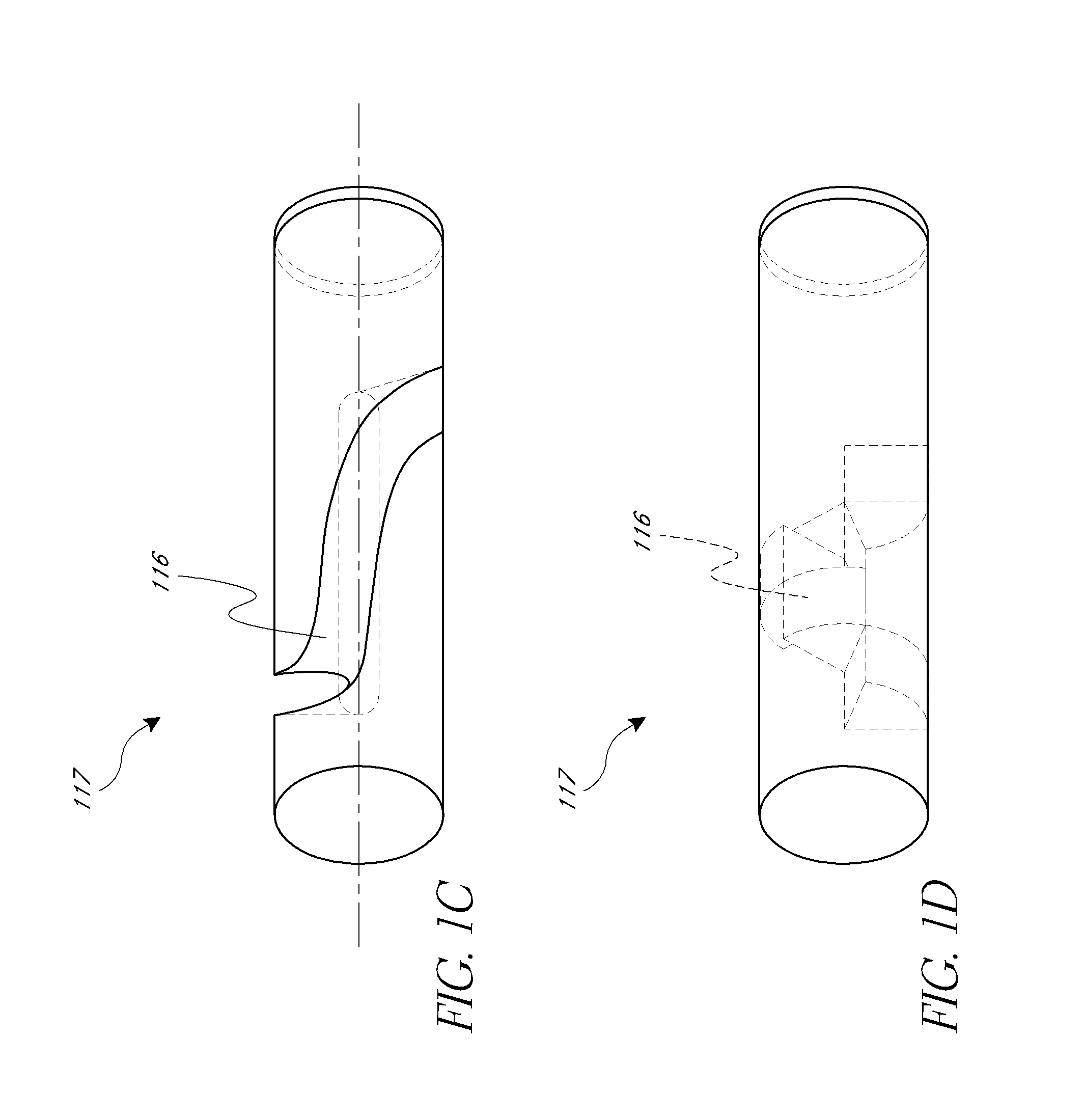Dry insertion and one-point in vivo calibration of an optical analyte sensor
a technology optical analyte, applied in the field of vivo calibration of optical analyte sensor, can solve the problems of increased complexity and potential uncertainty, time-consuming and time-consuming current sensor calibration, and increased patient discomfor
- Summary
- Abstract
- Description
- Claims
- Application Information
AI Technical Summary
Benefits of technology
Problems solved by technology
Method used
Image
Examples
Embodiment Construction
[0057]The following description and examples illustrate some embodiments of the disclosure in detail. Those of skill in the art will recognize that there are numerous variations and modifications of this disclosure that are encompassed by its scope. Accordingly, the description of a certain exemplary embodiment should not be deemed to limit the scope of the present disclosure.
[0058]Disclosed herein are methods of calibrating an analyte sensor capable of measuring the concentration of an analyte. The methods of calibrating can be used on various systems that are configured to measure the concentration of an analyte, such as a fluorescent based system, lifetime chemistry based system, electrochemical system, and other systems known in the art. In various embodiments, the calibration can be used with the sensor to determine the amount of analyte present, or the amount that another method or instrument would determine to be present, and in some embodiments to display the analyte concent...
PUM
 Login to View More
Login to View More Abstract
Description
Claims
Application Information
 Login to View More
Login to View More - R&D
- Intellectual Property
- Life Sciences
- Materials
- Tech Scout
- Unparalleled Data Quality
- Higher Quality Content
- 60% Fewer Hallucinations
Browse by: Latest US Patents, China's latest patents, Technical Efficacy Thesaurus, Application Domain, Technology Topic, Popular Technical Reports.
© 2025 PatSnap. All rights reserved.Legal|Privacy policy|Modern Slavery Act Transparency Statement|Sitemap|About US| Contact US: help@patsnap.com



